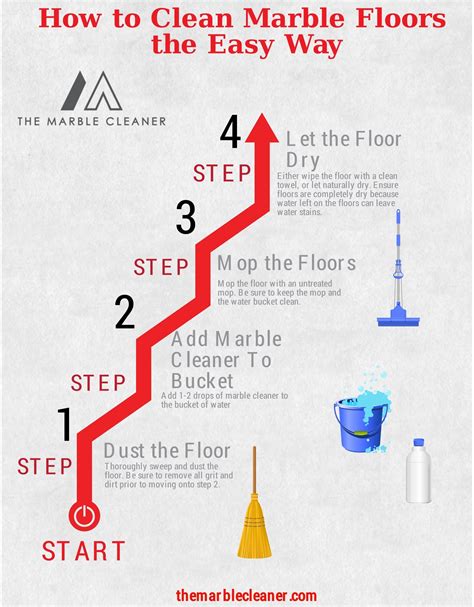How to Clean Marble: A Comprehensive Guide for Sparkling Surfaces
Marble, with its timeless elegance and luxurious sheen, is a prized possession in many homes. However, maintaining its pristine beauty requires a delicate touch and the right cleaning techniques. This comprehensive guide will walk you through everything you need to know about how to clean marble effectively, preventing damage and preserving its natural splendor for years to come.
Understanding Your Marble
Before diving into cleaning methods, it's crucial to understand your marble's specific characteristics. Different types of marble have varying levels of porosity and sensitivity. Knowing this will help you choose the appropriate cleaning products and techniques. For instance, honed marble (matte finish) requires gentler cleaning than polished marble (high gloss).
Essential Cleaning Supplies
Gather these essential supplies before you begin:
- Microfiber cloths: These are gentle enough for marble and highly effective at removing dirt and grime. Avoid abrasive cloths like sponges or paper towels.
- Distilled water: Tap water can contain minerals that can leave residue and dull your marble's shine. Distilled water is the safest option.
- pH-neutral cleaner: Avoid acidic or alkaline cleaners, as they can etch and damage the marble's surface. Look for cleaners specifically designed for marble or natural stone. A simple solution of distilled water and a tiny amount of mild dish soap can often suffice.
- Soft-bristled brush: Use this for scrubbing stubborn stains, but be very gentle.
- Squeegee: Helpful for quickly removing excess water and preventing water spots.
Step-by-Step Cleaning Process
1. Preparation is Key: Clear the surface of any clutter or loose debris. Sweep or vacuum the area to remove dust and dirt particles.
2. Damp Cleaning: Mix a small amount of pH-neutral cleaner with distilled water (follow the cleaner's instructions). Dip a microfiber cloth into the solution and wring it out thoroughly. The cloth should be damp, not soaking wet.
3. Gentle Cleaning: Wipe the marble surface in the direction of the veining. Avoid circular motions, as these can create swirl marks.
4. Stubborn Stains: For stubborn stains, apply a small amount of the cleaning solution directly to the stain and gently scrub with a soft-bristled brush. Never scrub vigorously. Allow the solution to dwell for a few minutes before wiping it away.
5. Thorough Rinse: After cleaning, rinse the surface with clean, distilled water using a separate damp microfiber cloth. This removes any remaining cleaning solution.
6. Drying and Polishing: Use a clean, dry microfiber cloth to thoroughly dry the marble surface. Immediately squeegee excess water to prevent water spots. For polished marble, you can use a dry microfiber cloth to gently buff the surface to restore its shine.
Preventing Future Damage
- Regular Cleaning: Regular, gentle cleaning is crucial for preventing stains and buildup. Wipe up spills immediately.
- Protective Sealant: Consider applying a marble sealant to protect your surfaces from stains and damage. This is especially important for porous marble.
- Avoid Acidic Substances: Keep acidic substances like lemon juice, vinegar, and wine away from your marble surfaces.
- Use Coasters and Trivets: Always use coasters under glasses and trivets under hot dishes to protect the marble from heat and stains.
Addressing Specific Stains
Different stains require different approaches. For oil-based stains, absorbent powders like cornstarch or baking soda can help draw out the oil. For other stains, consult a professional stone restoration specialist for guidance.
Conclusion
Cleaning marble requires care and attention, but with the right techniques and supplies, you can maintain its beauty for years to come. Remember to always test any cleaning solution on an inconspicuous area first. By following these steps and prioritizing prevention, you can keep your marble looking its best.
